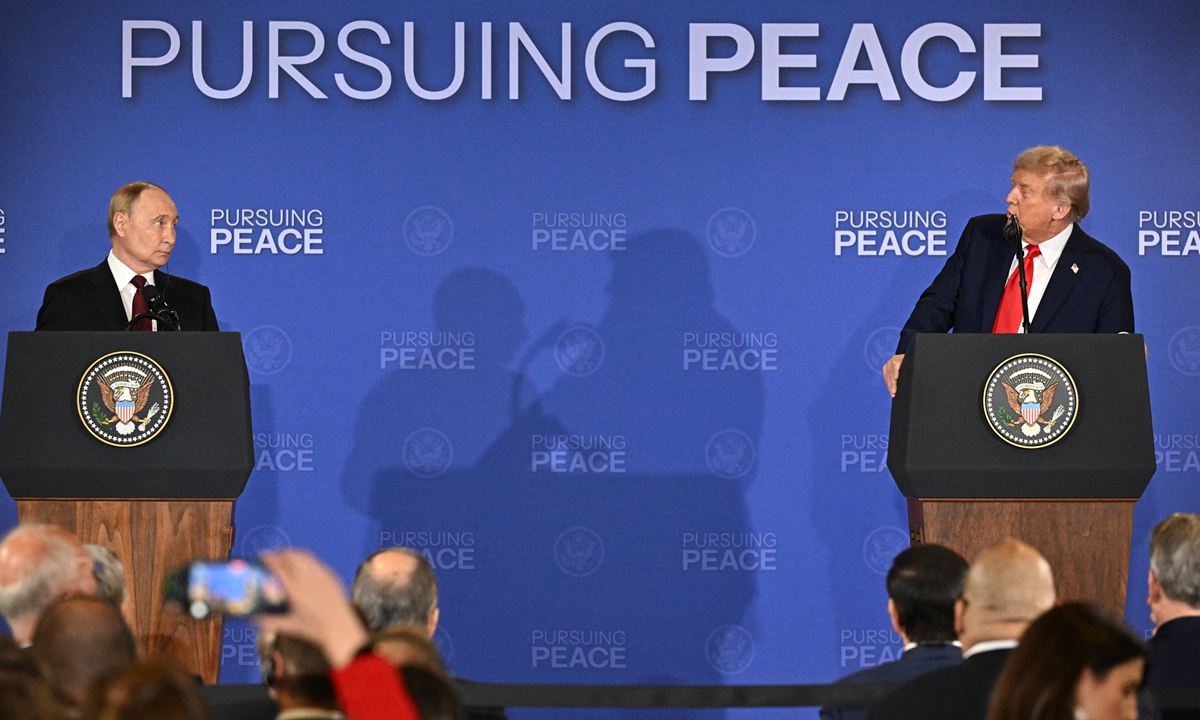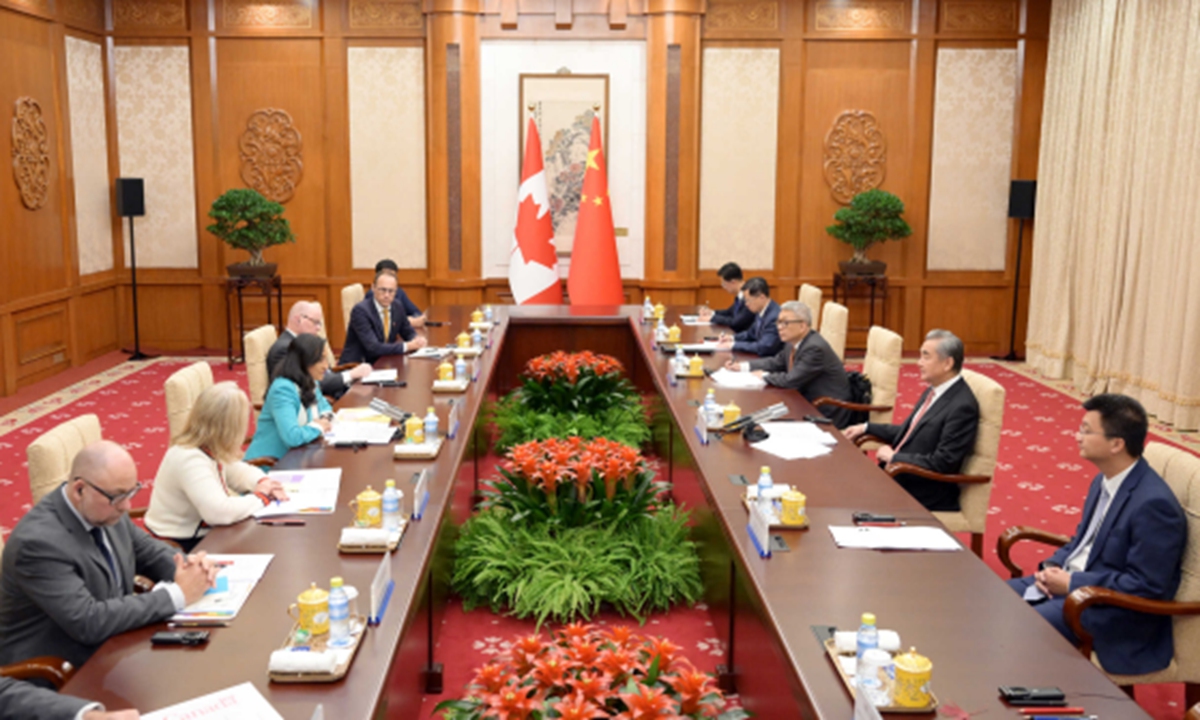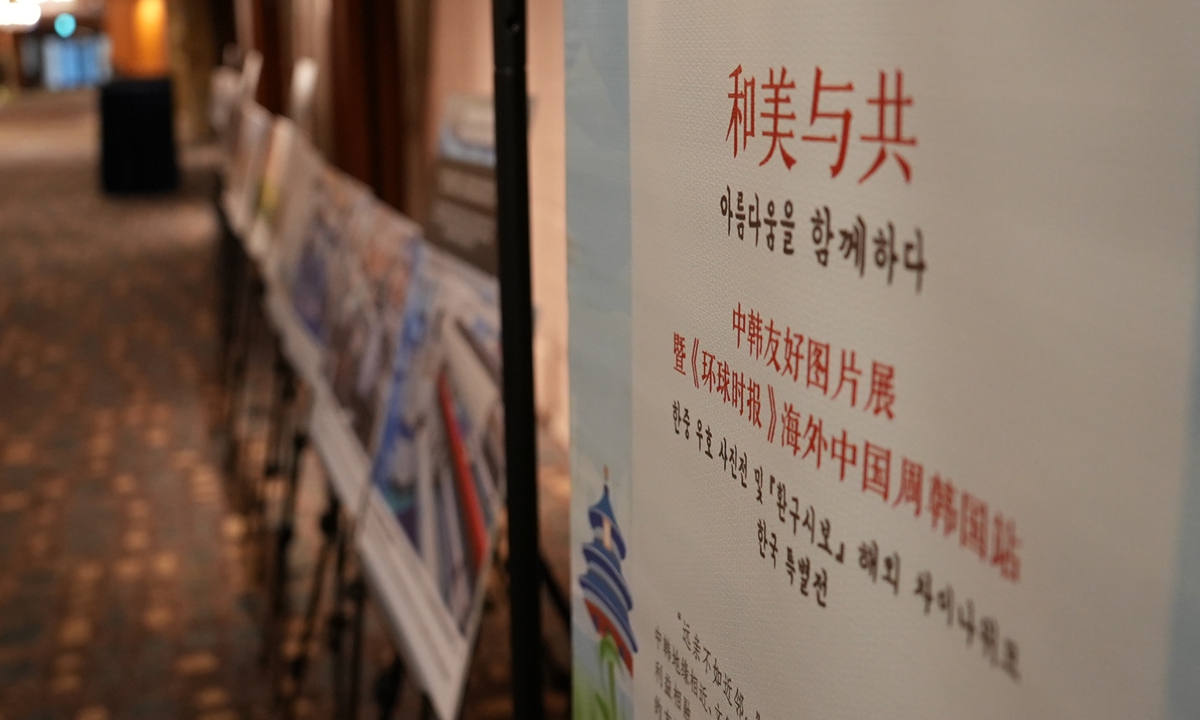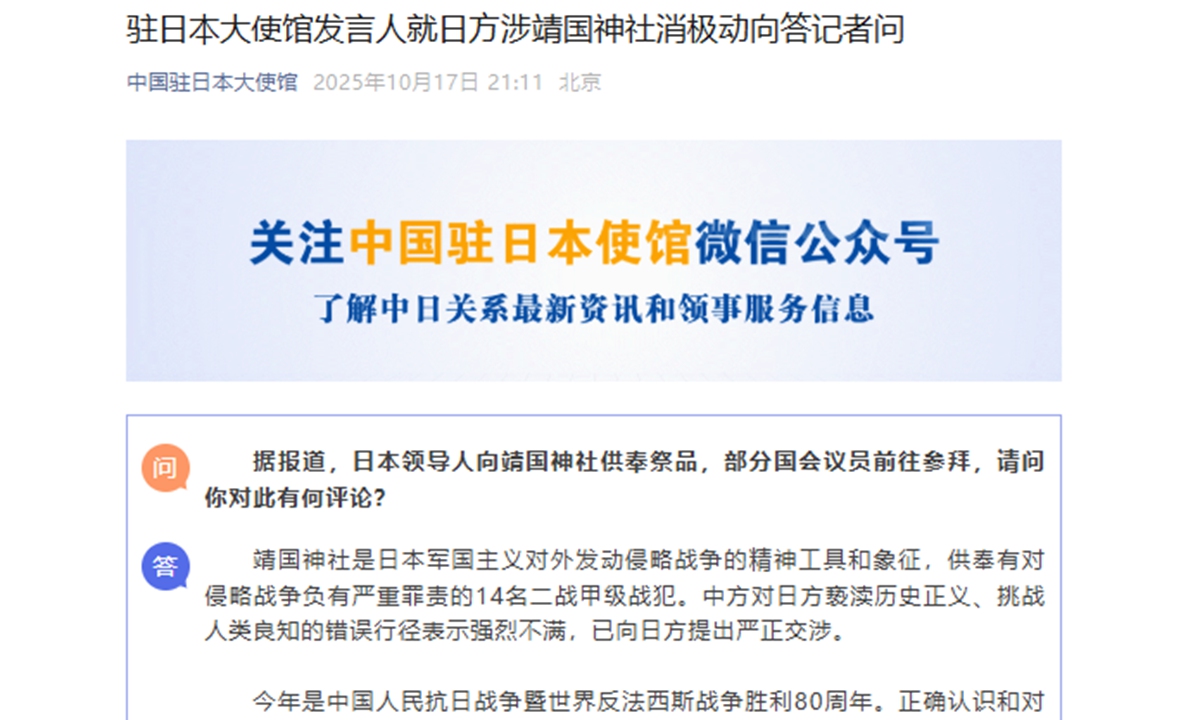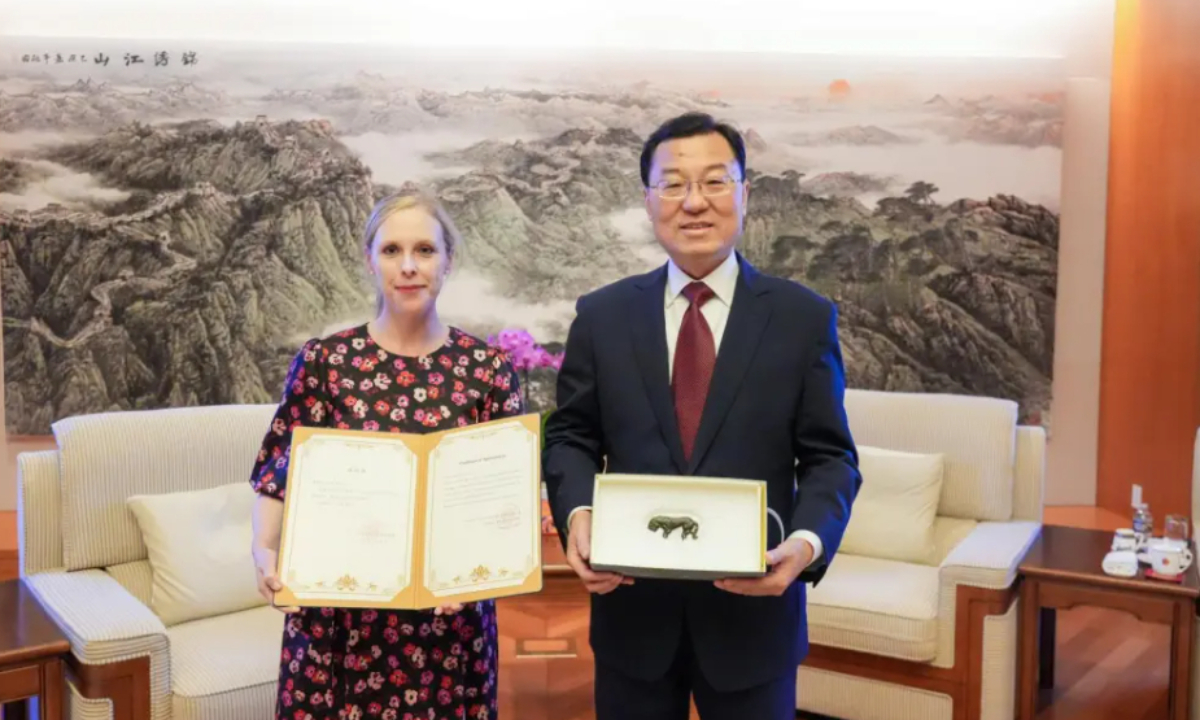The Global Times’ “Overseas China Week” event arrived in Seoul on Monday, with the successful opening of the Harmony and Unity – China-South Korea Friendship Photo Exhibition. The exhibition was held alongside the 2025 China-South Korea Media Cooperation Forum, drawing prominent figures from both nations, including Yu Shaoliang, president of the People’s Daily; Chang Dae-Whan, chairman of the Maekyung Media Group; Park Byeong-seug, former speaker of the National Assembly of South Korea; and Dai Bing, China’s ambassador to South Korea, alongside a number of experts, scholars, business leaders and representatives from mainstream media from both countries.
The 32nd APEC Economic Leaders’ Meeting is set to be held in South Korea from October 31 to November 1. This meeting is expected to convey to the world the conviction of upholding multilateralism and promoting regional unity and cooperation. China and South Korea are not only friendly neighbors facing each other across the sea but also important partners for common development. Against this backdrop, the photo exhibition featured four major themes: “technological innovation,” “characteristic agriculture,” “green development,” and “cultural exchange.” It presented works from Chinese photographers, images provided by Chinese enterprises that have cooperation with South Korea, and selected pages from the Global Times, vividly showcasing China’s high-quality development and cultural heritage while highlighting the profound friendship between the two nations.
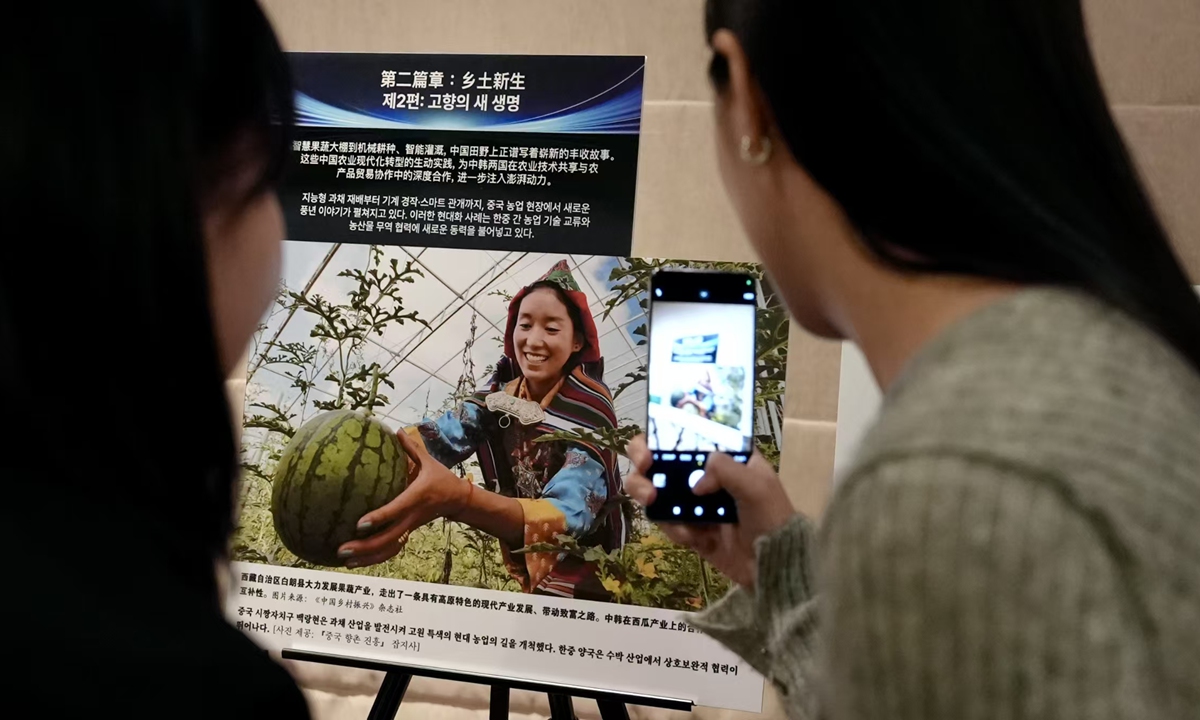
The “Cooperation for an intelligent future” segment showcased breakthrough achievements ranging from semiconductor materials to new energy vehicles, illustrating how technological innovation is increasingly becoming a universal language connecting China and South Korea. The “Rural revitalization” section demonstrated the practical transformation of China’s agricultural modernization, injecting fresh momentum into agricultural technology sharing and farm produce trade collaboration between the two countries. The “Ecological vitality” segment highlighted China’s firm commitment to sustainable development, serving as an important bridge for environmental cooperation and green development consensus. Finally, the Finally, the “Uninterrupted cultural connections” section showcased the uninterrupted connections between the two nations, highlighting how they find common ground while recognizing each other’s differences.
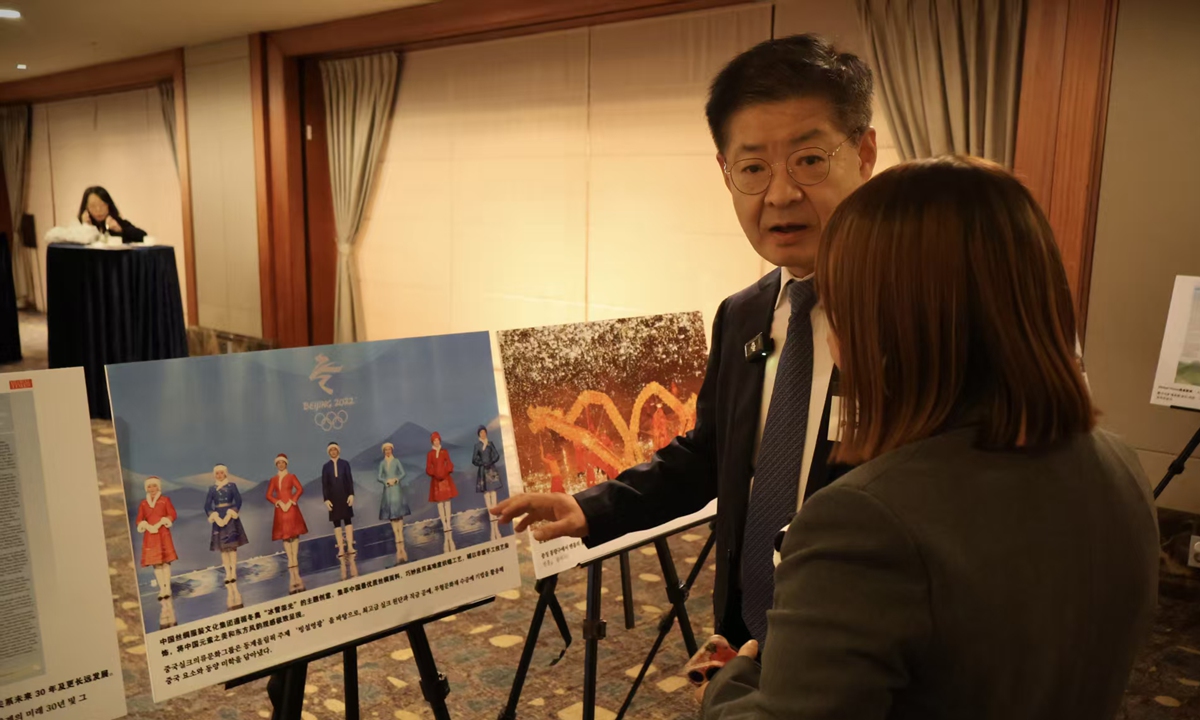
Park Han-jin, distinguished professor at Hankuk University of Foreign Studies, told the Global Times that the photos brought back memories of his life in China.
“I have lived in many Chinese cities. The Chinese stories and scenes showcased in the exhibition are very familiar to me,” he said. “I hope more exhibitions like this will come to South Korea to demonstrate China-South Korea friendship. Strengthening cooperation between our two countries starts with small steps, and I believe the breadth and depth of our cooperation will expand in the near future.”
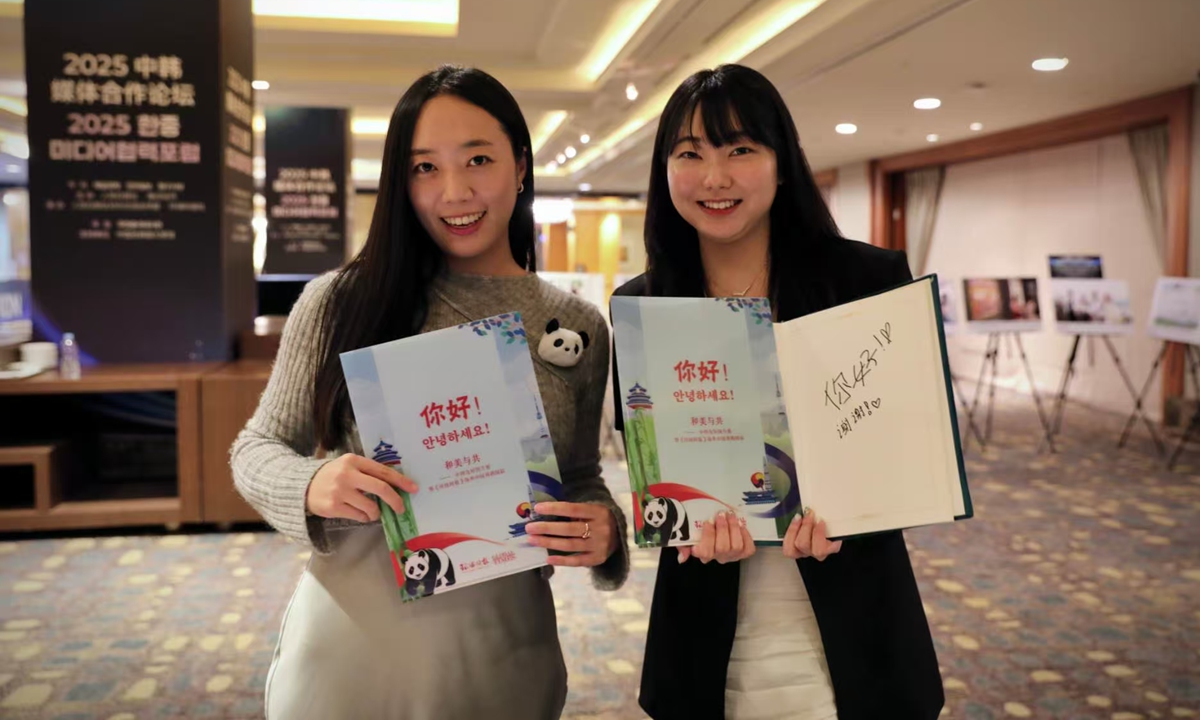
“This exhibition is wonderful. It truly presents important milestones in China’s development journey and shows the achievements of exchanges between China and South Korea in culture, economy, commerce and other fields,” said Son Su-min, a young South Korean. “These are exactly what we are particularly looking forward to, and I hope our two countries will have more interactions and cooperation.”
Son told the Global Times that she had visited Beijing many times and planned to go to Shanghai next. “Shanghai’s popularity as a tourist destination among South Koreans has been rising, and I am full of expectations for this trip.”
The magnificent scenery of the Zhangjiajie National Forest Park in Central China’s Hunan Province and Fu Bao, the first giant panda born in South Korea, attracted many South Korean visitors to the exhibition. Park Jin-taek, a photography enthusiast, told the Global Times that he had heard many South Korean photographers like to travel to Zhangjiajie to take photos. He noted that he has long wanted to experience this Chinese landscape treasure, world-famous for its unique peaks and sea of clouds, in person.
“China is a very beautiful country and also a large country compared to South Korea. I hope more photos like these will be shown to the South Korean people so that they can better understand China,” he added.

The exhibition also sparked interest in the emerging China-South Korea-Japan “weekend tourism circle,” which has become a vibrant channel for people-to-people exchanges, as well as features on China’s rural revitalization achievements from China Rural Revitalization magazine. Complementary cultural and creative products, such as silk scarves blending traditional elegance with contemporary design prepared by the China Silk Garment Culture Group for the attending guests, were well received by attendees, serving as both emblems of intangible cultural heritage and tokens of China-South Korea media friendship.

In the guestbook at the exhibition site, visitors wrote sincere messages: “China and South Korea walk together on the road of a community with a shared future.” “We wish for friendly relations between China and South Korea to reach a higher level of development.” “We hope the exchanges and cooperation between China and South Korea will become better.” These words were full of hope for the friendship between the two countries and expectations for the future.
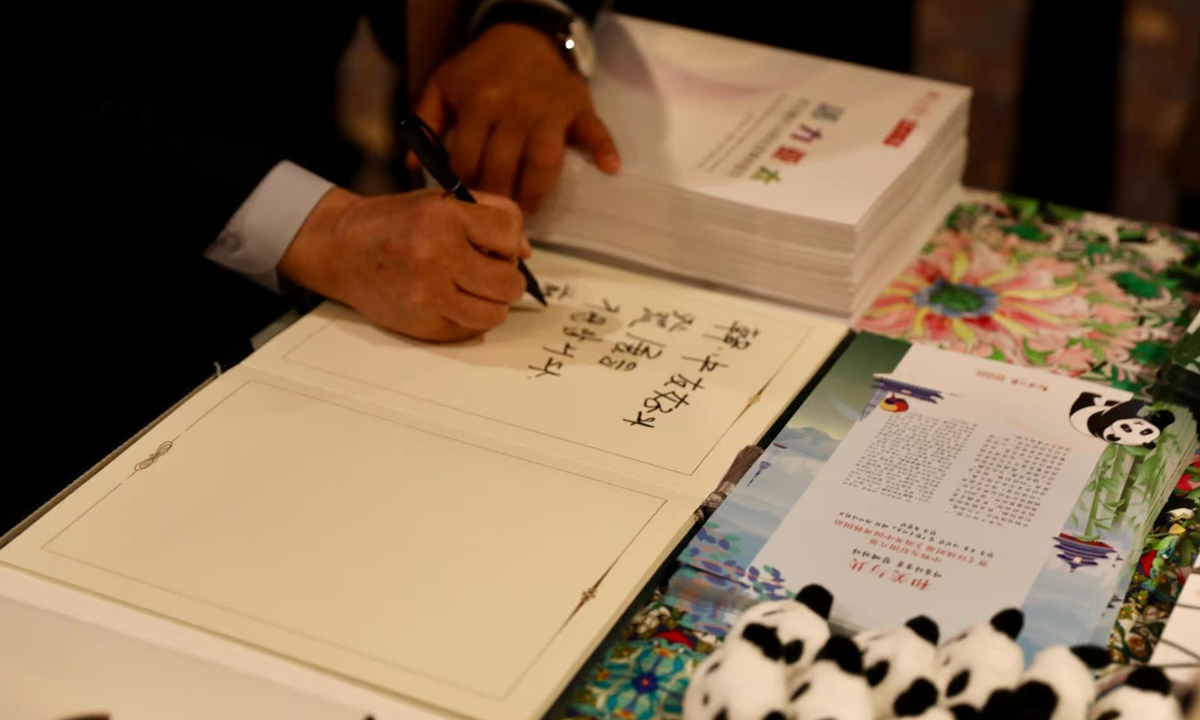
Prior to this event, the Global Times’ “Overseas China Week” has held photo exhibitions and promotional activities in Brazil, Argentina, Germany and Kazakhstan. Through the medium of light and shadow, it tells the story of China’s development to the world, conveys China’s openness, and builds a bridge for promoting people-to-people bonds between China and other countries.




